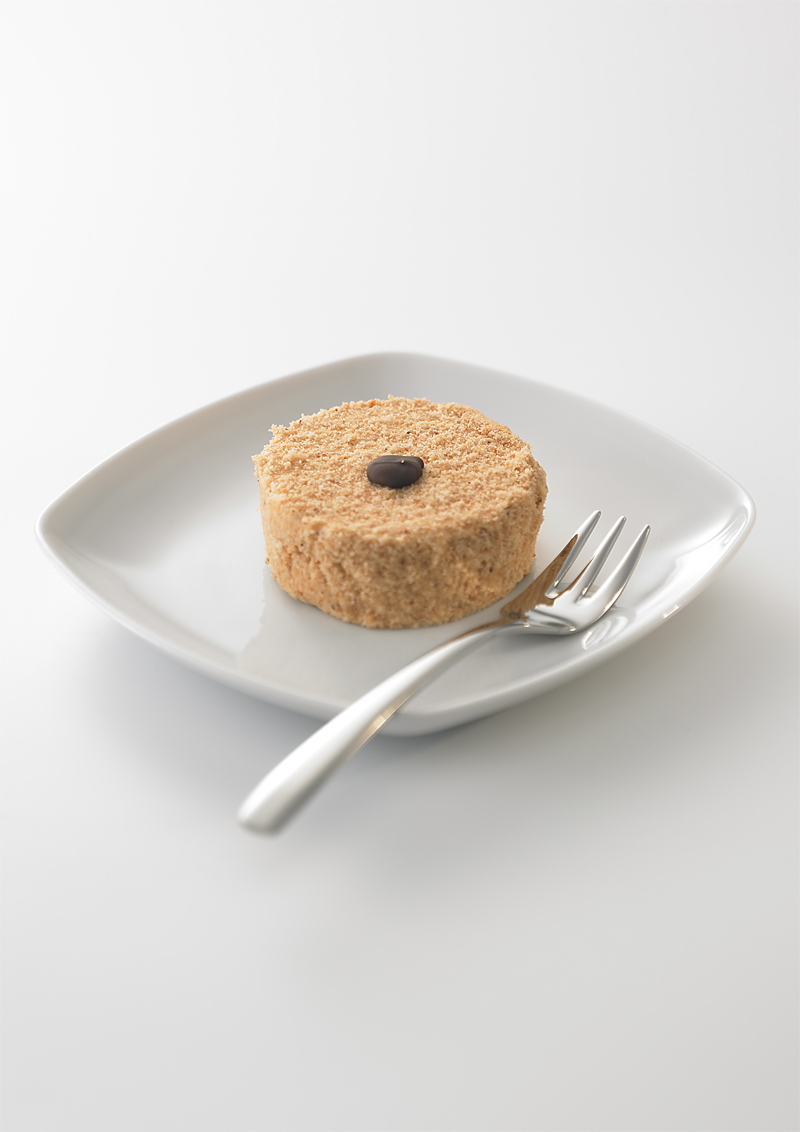During my childhood, my father and I would go to a tea room in the early morning, before he dropped me off at school. I remember being, first of all, very proud because my father knew the man who had designed the interior of the tea room and second, very admiring because that tea room used to be a bakery–the same one my father and his brothers would go to for bread when they were my age.
Sometimes, I was able to convince him to buy me a pâtisserie even though I’d already had breakfast. I loved them all: the cream roll shaped like a microphone, the l’éclair au mocha with its specific pâte à chou–the flakiest dough from the moon and back, the lime green carac shaped like a flying saucer. I’ve never been a lover of candies, but all those wild shapes and colors and glazes, oh mon dieu! I could stay at the counter for so long, trying to choose the one, thinking how I should not be too quick while eating it. I remember how slowly my sister enjoyed any little bouchée and the sassy look she would give me, because of course my sweet was already gone.
But let’s go back inside the tea-room, for a moment, where you actually receive your dolce.
Dad is reading the newspaper, very concentrated as always. I’m staring at a Dali reproduction with Don Quixote and a melting clock in the desert, wondering if I’ll still be a fan of my LEGO toys when I grow up.
A Japanese adage says that you stop being a sweet tooth as an adult to go for more bitter tastes; that’s called wisdom. I’ve been to that tea-room Chez Mage a hundred times and let me tell you, I’m going still. Sometimes I even enjoy this mocha pastry, called in French un Japonais, another kind of wisdom for a nostalgic and a sweet-tooth like me.
